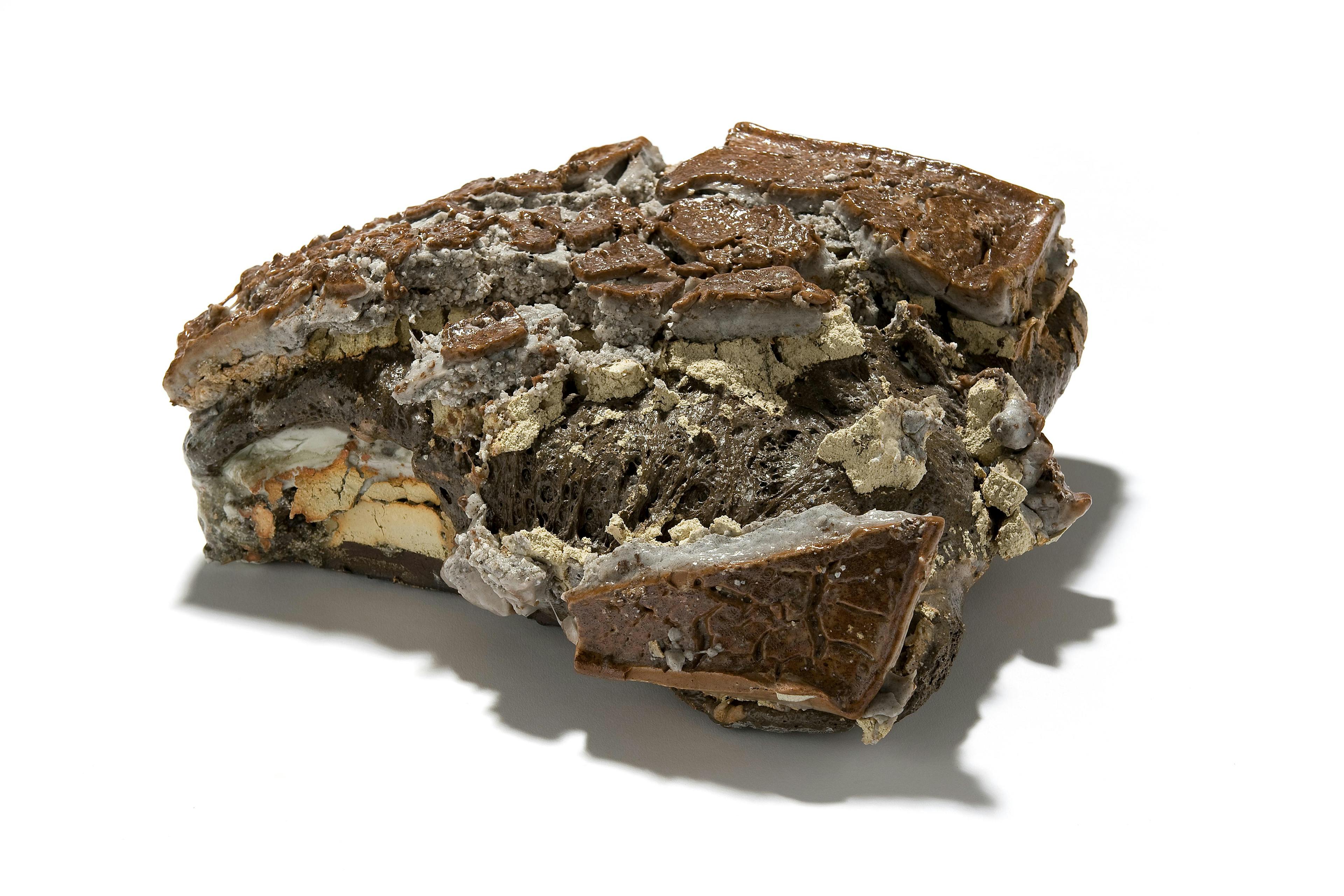
In Conversation with Kim Hyeonyoung
Your work explores the ideas of coincidence, inevitability, and love through the materiality of clay. How do these themes manifest in your choice of materials and processes?
My work is an experiment—each piece serves as a test subject, yet is complete in itself. I’m not sure if this analogy fully captures it, but I think life itself mirrors this process.I create my works by blending various minerals and oxides, which in itself is a way to invite coincidence into my practice. In ceramics, there’s a crucial stage called “firing,” which feels like part of a cosmic recipe, one that humans cannot control or influence. During this time, the materials I’ve shaped return to their original forms—color, texture, and shape—and sometimes, the shape I envisioned initially disappears.Looking at the materials once they’re fired, I’m compelled to question the knowledge I once held as a human and rediscover things in a new light. The idea of inevitability begins to feel like an absolute truth, suggesting that this outcome was the only possible one. The journey of discovering new materials and creating work is challenging, yet I believe that embracing and accepting this process is, in itself, an act of love.
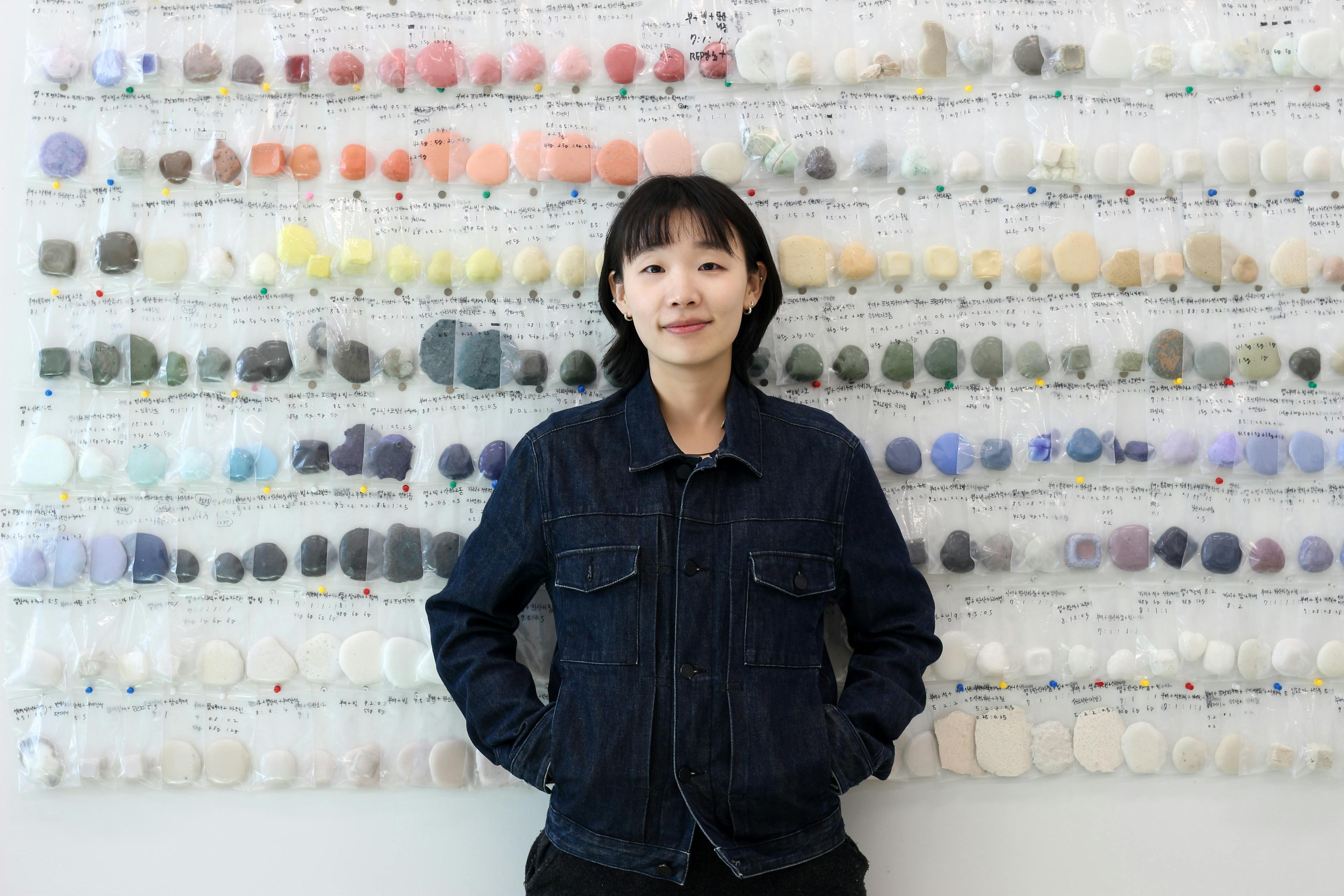
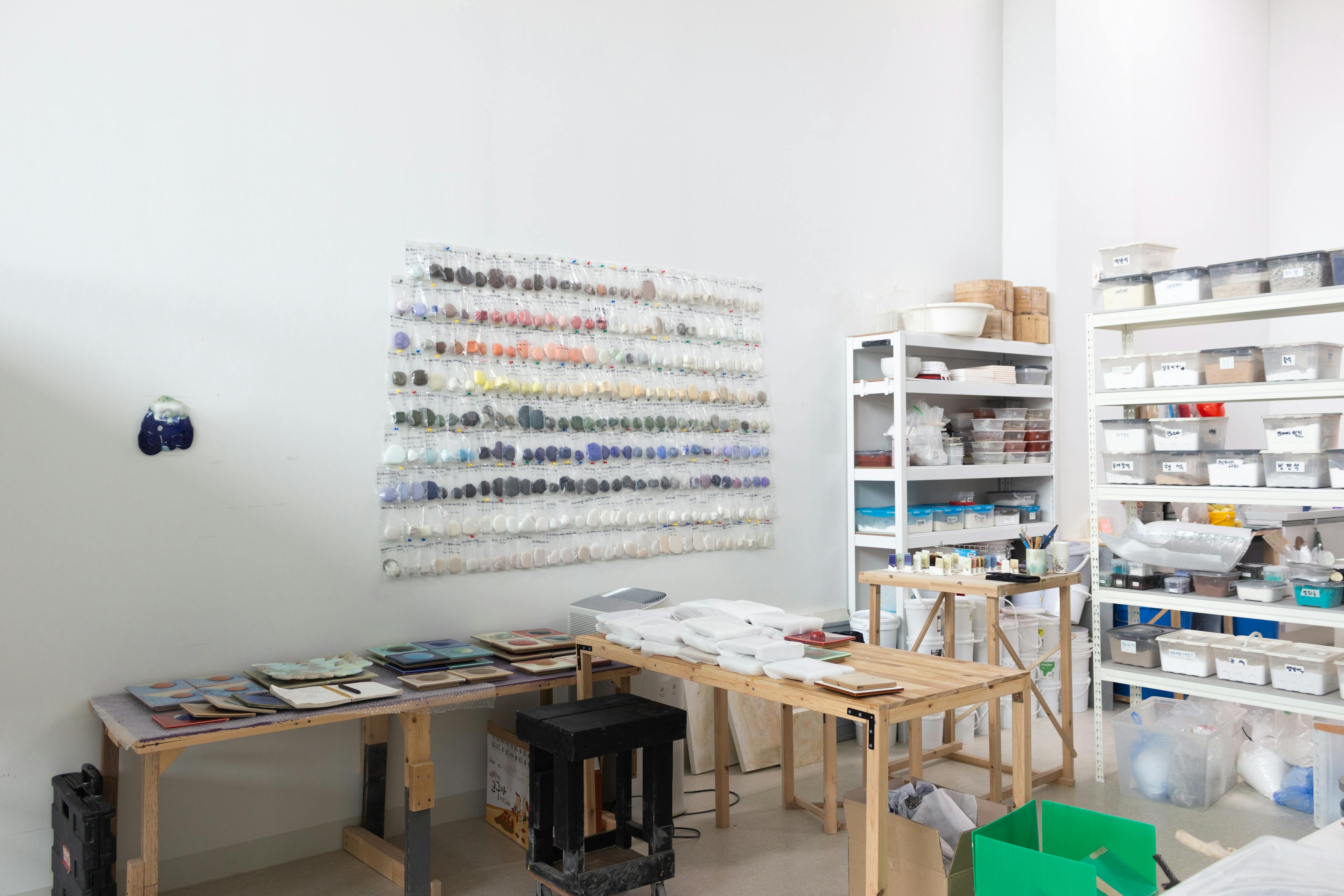
You’ve stated, “I wish to give their own volition to clays.” Could you elaborate on what this means? How do you view clay as an active participant in your artistic process?
For me, the plasticity of clay reflects its current state, while its chemical composition holds the latent potential within the material. While we can perceive what is visible or tangible in the present, the deeper potential remains unseen. Just as we cannot predict how people or clay will evolve over time, I acknowledge that not everything is within my control. Although I guide my work and try to anticipate what comes next, I understand that much is shaped by chance, much like the creation of the universe or the evolution of life itself. So, rather than forcing control over the material, I choose to honor its inherent nature. I observe the images clay presents to me and imagine how to best express its essence.
In your project Autonomic Drugs 900-1250, you draw parallels between the autonomic nervous system and the transformative processes clay undergoes. What inspired this analogy, and how do you see these concepts reflected in the final works?
This is from my Artist Statement : “The self, the other, and nature are beyond my control, yet what I cannot control exists within me as a human. It manifests as ‘breath,’ ‘sweat,’ and ‘heartbeat.’ What I cannot control is what sustains my life.”
The autonomic nervous system represents the unconscious processes that govern vital functions in the body—elements we cannot willfully control. In a similar way, the 'Autonomous Drug 900-1250' series begins in a controlled, cubic form but undergoes a transformative firing process that releases it from its mold.This parallel reflects the notion of surrendering to forces beyond our control. The title of the series was inspired by the sense of life that emerges in the clay when it is freed from its restrictions through heat and chemical reactions.
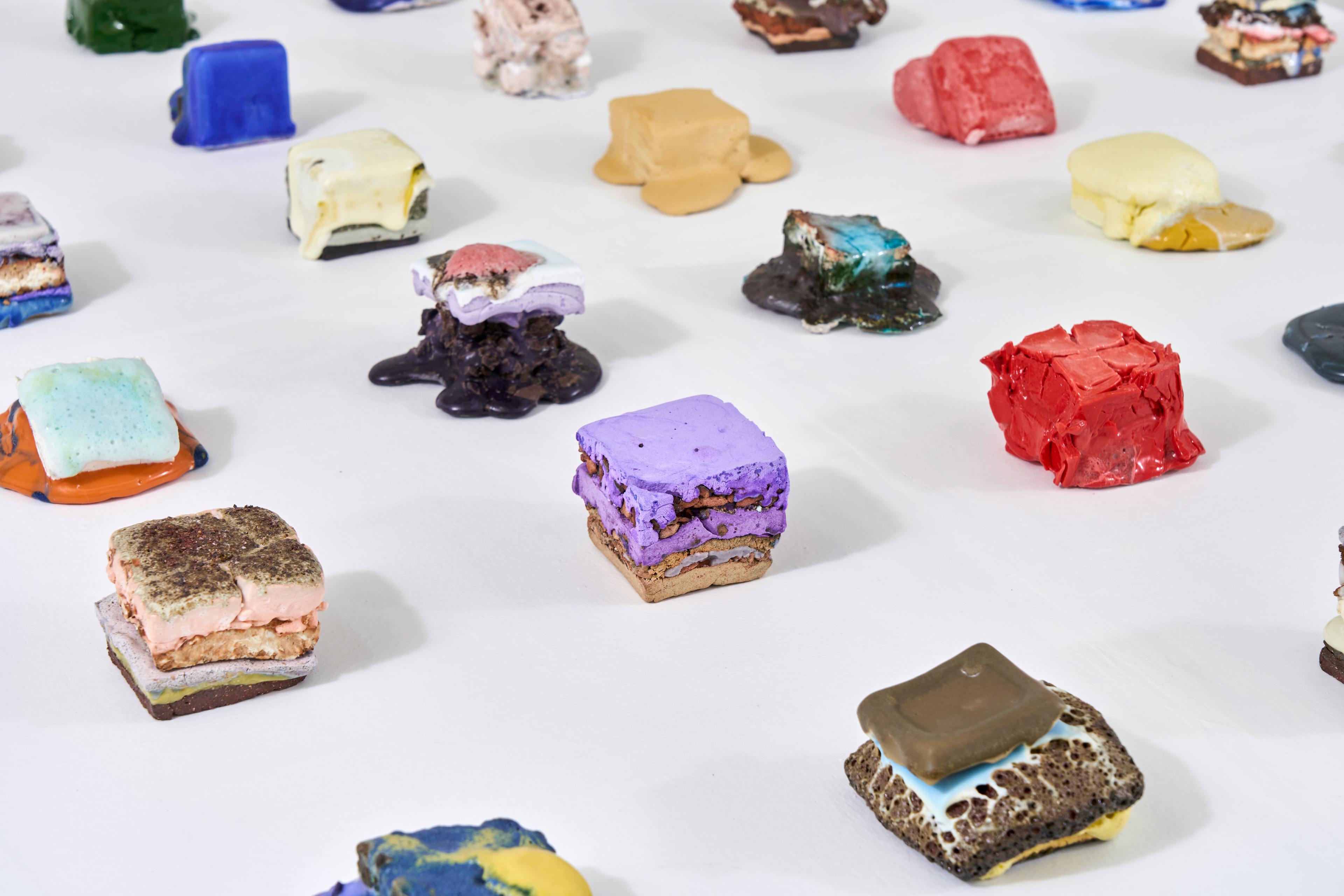

Your work defies traditional ceramic norms by combining clay and glaze to create chemical reactions. What drove you to pursue this experimental approach, and how has it evolved over time?
While learning both clay and glaze is a fundamental aspect of ceramics, I wasn't initially drawn to it. The process of shaping clay and applying glaze often felt frustrating because I already knew how it would turn out. As a curious student, I found the greatest joy in the unexpected—what emerged outside of my predictions. I became fascinated by the aesthetic beauty found in what is often deemed imperfect—cracks, breaks, and flow marks.
What struck me deeply was the raw, primal essence of ceramics, which asserts its presence in a world where communication can be scarce. Over time, I realized that my creations weren’t just things I made—they were discoveries. As I embraced this, my egocentric view faded, allowing me to recognize the coincidences within the universe’s order and encounter both the world and myself in a new way.
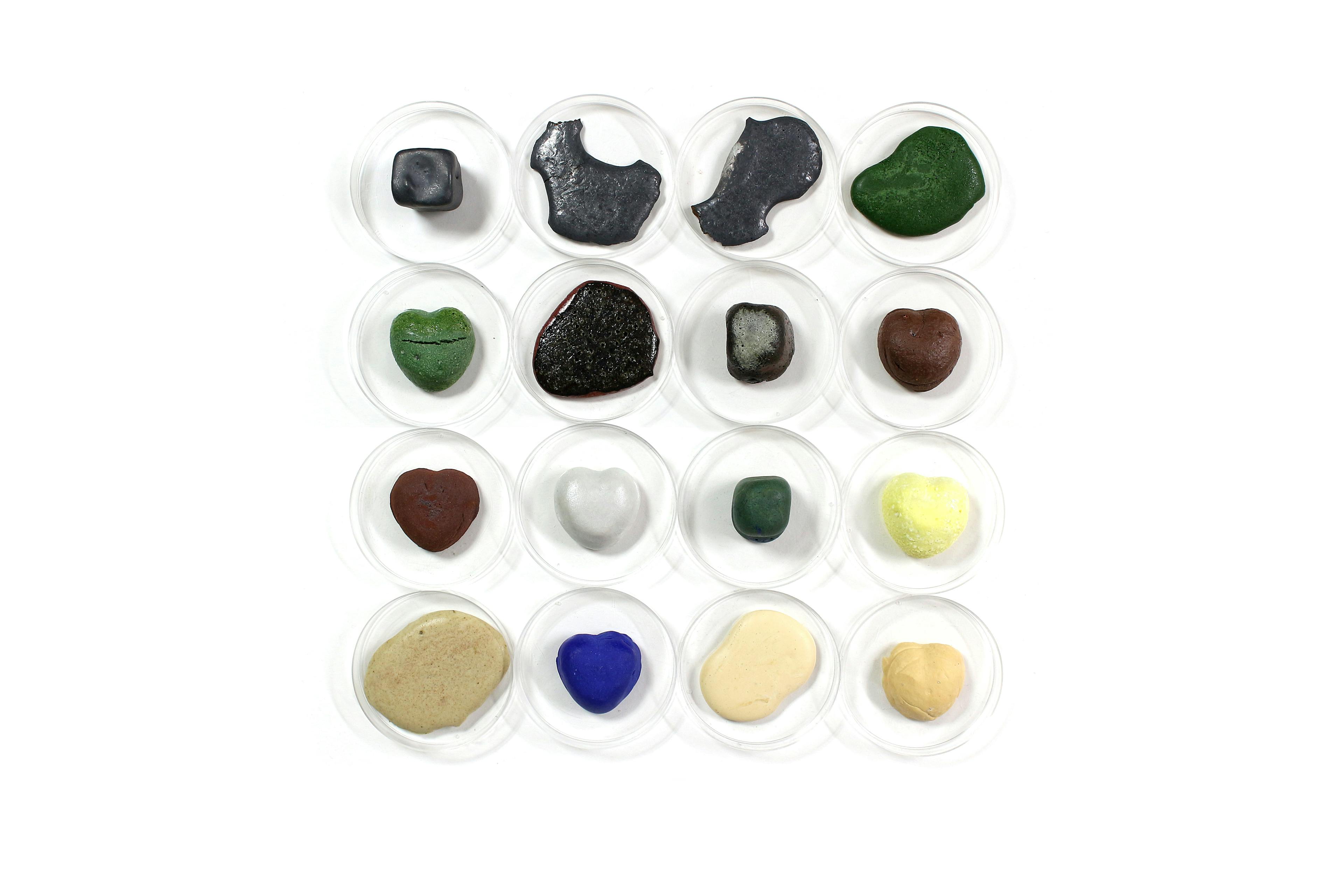
With over 450 documented chemical reactions in your portfolio, how do you balance systematic experimentation with the element of serendipity in your practice?
I still find it challenging to strike the right balance between systematic experimentation and serendipity. While systematic experimentation may help uncover new materials, turning these discoveries into works of art—into visual expressions—is a different challenge altogether. The way I apply materials, such as shaping, firing direction, or temperature, can sometimes render a test piece less useful, but it still offers valuable insights.
To prepare for the unexpected, I use basic safety measures like saggar, alumina, or grog. Ultimately, I strive to create an experimental yet complete work that embraces the unpredictability that accompanies the process.

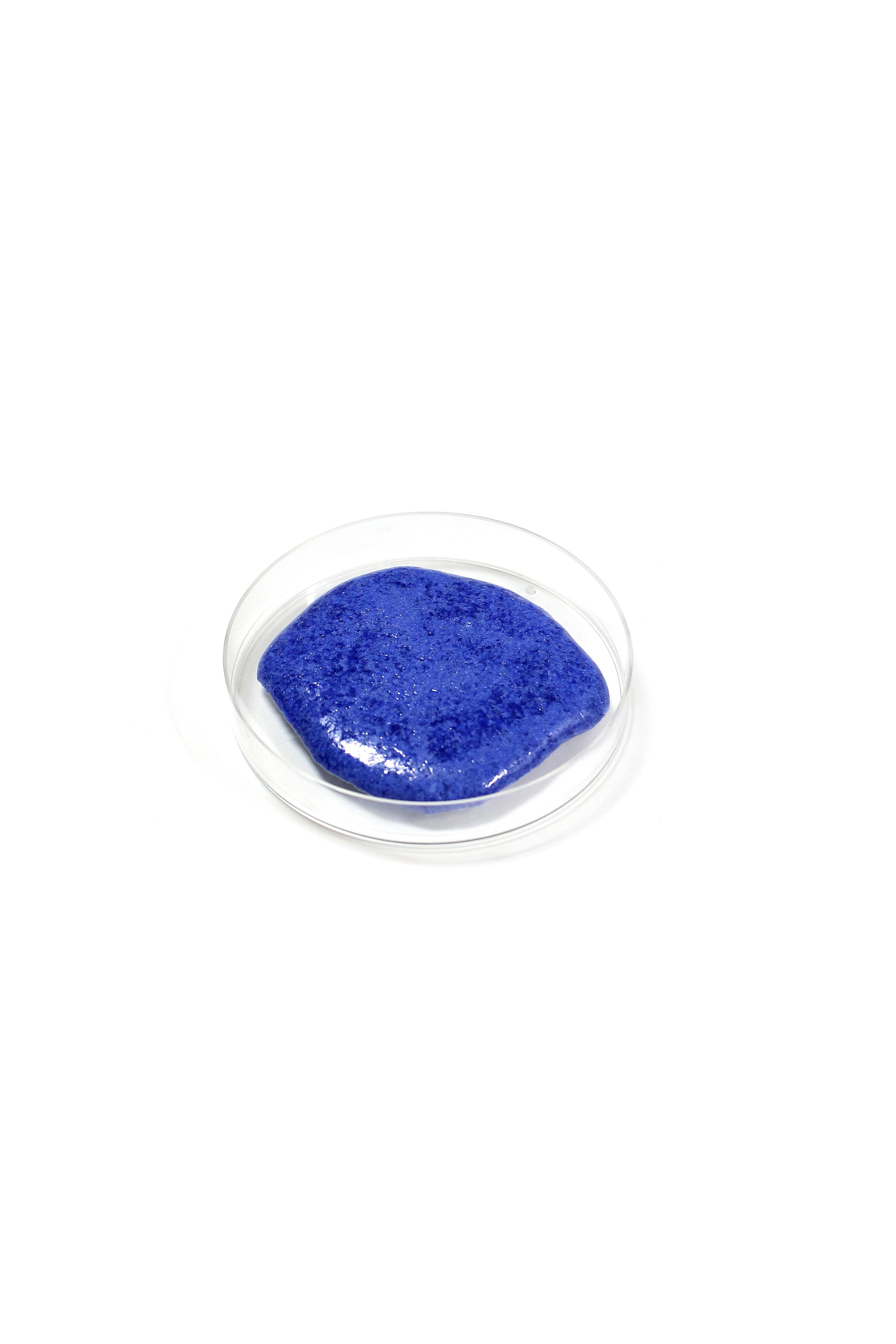
How does the unpredictability inherent in your processes relate to the broader philosophical themes in your work, such as inevitability and chance?
When I look at a piece fresh from the kiln, I often ask myself, 'Why did it take this form?' This question sparks my curiosity about the origins of matter, which in turn leads me to explore the deeper origins of the universe and life. Over time, I’ve come to believe that everything—whether man-made or natural, visible or invisible—is interconnected. These reflections feel almost natural, especially when working with materials like minerals and oxides, which have accumulated over time and carry their own histories.


Living and working in Seoul, how does your environment influence your artistic practice? Do you find Korean ceramic traditions or contemporary culture shaping your approach?
Living in Seoul offers the benefit of constant exposure to a vibrant and diverse cultural scene. With numerous exhibitions happening throughout the year, I have the opportunity to explore a wide range of genres and experience how different works are installed, how space is used, and what kind of atmosphere is created. This has helped me develop a keen eye for detail. However, the fast-paced, crowded nature of Seoul often makes me nostalgic for the orchards in the countryside where I grew up, where I had the space to think freely.
In Korea, many museums showcase ceramics from different regions, fostering a long-standing dialogue between tradition and modernity. The continuous exploration of this dynamic is an important part of the cultural landscape. In today’s rapidly changing world, there are various ways of thinking that each person engages with, and Korea provides an environment where one can reflect on what truly matters in their practice.

Having completed your MFA in Ceramic Art, how has your academic background shaped your understanding of clay and your overall practice?
My MFA journey was pivotal in helping me understand why I work with clay and what it truly means to me and to the world. The studio experience, where I could combine theoretical knowledge with hands-on experimentation, was invaluable. However, it was also a time for deep reflection on the reasons behind my art. Since graduating and working in the field, there have been moments where I lose sight of why I create. In those times, the thesis I wrote during my master’s program often serves as a guiding reference, reminding me of the foundational motivations that drive my practice.

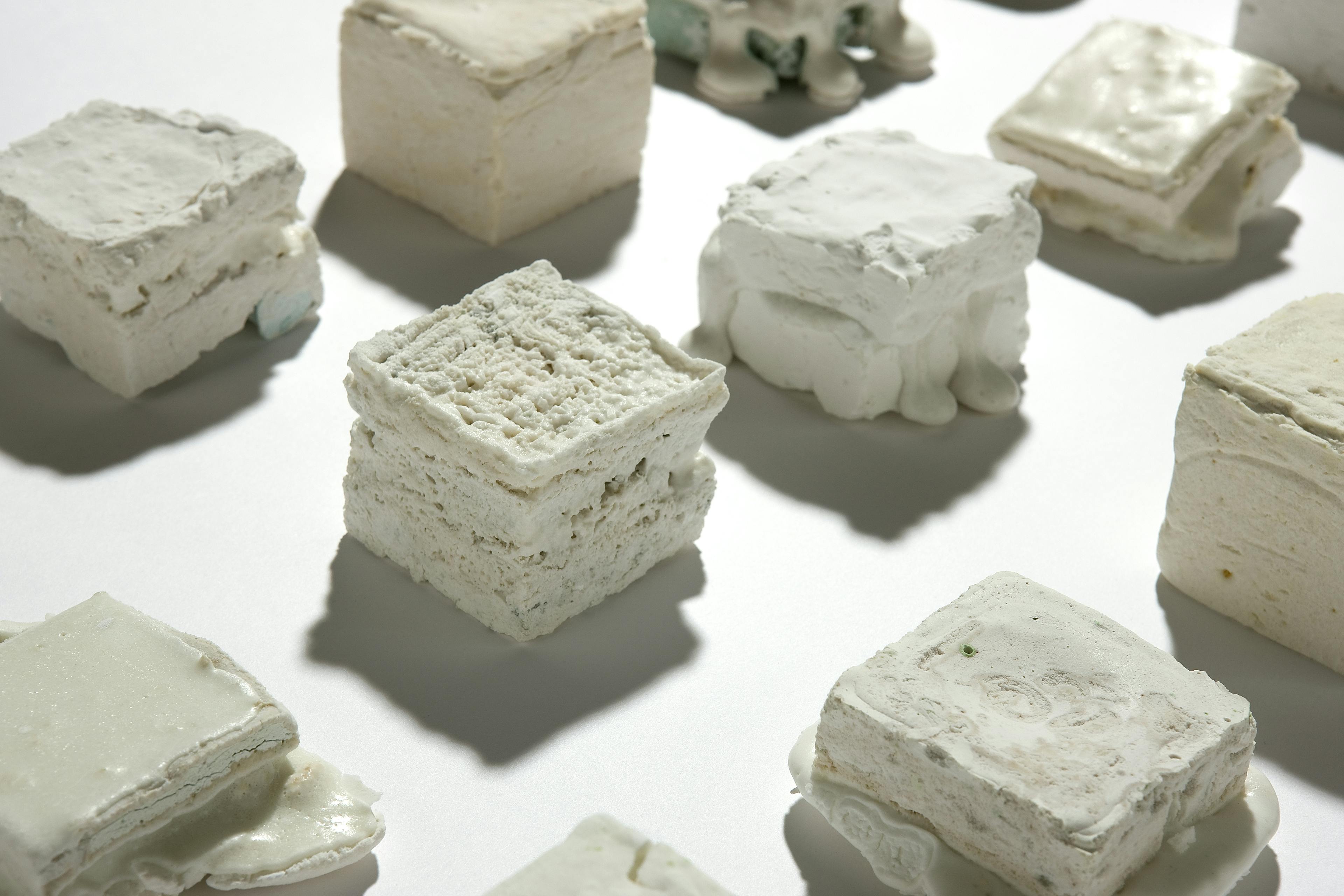
Was there a specific project or moment that marked a turning point in your artistic journey? If so, what lessons or discoveries came from it?
A pivotal moment in my artistic journey came when I experienced the feeling of falling in love with someone vastly different from myself. The serendipity we savor the most, and that brings us happiness, is often the first moment we meet someone we love. In much the same way, the coincidences I encountered while working with clay made me realize that these moments are not just present in my work, but also in the world around us. It marked a turning point where I began to see how the insights I gained from working with the material could be applied to my daily life and broader experiences.
Hedwig's theme song, "The Origin of Love," inspired by Plato's Symposium, touches on the relationship between people, and the term "chemistry" is often used to describe it. These ideas are reflected in works like Love is A+B=AB and Thesis and Antithesis.

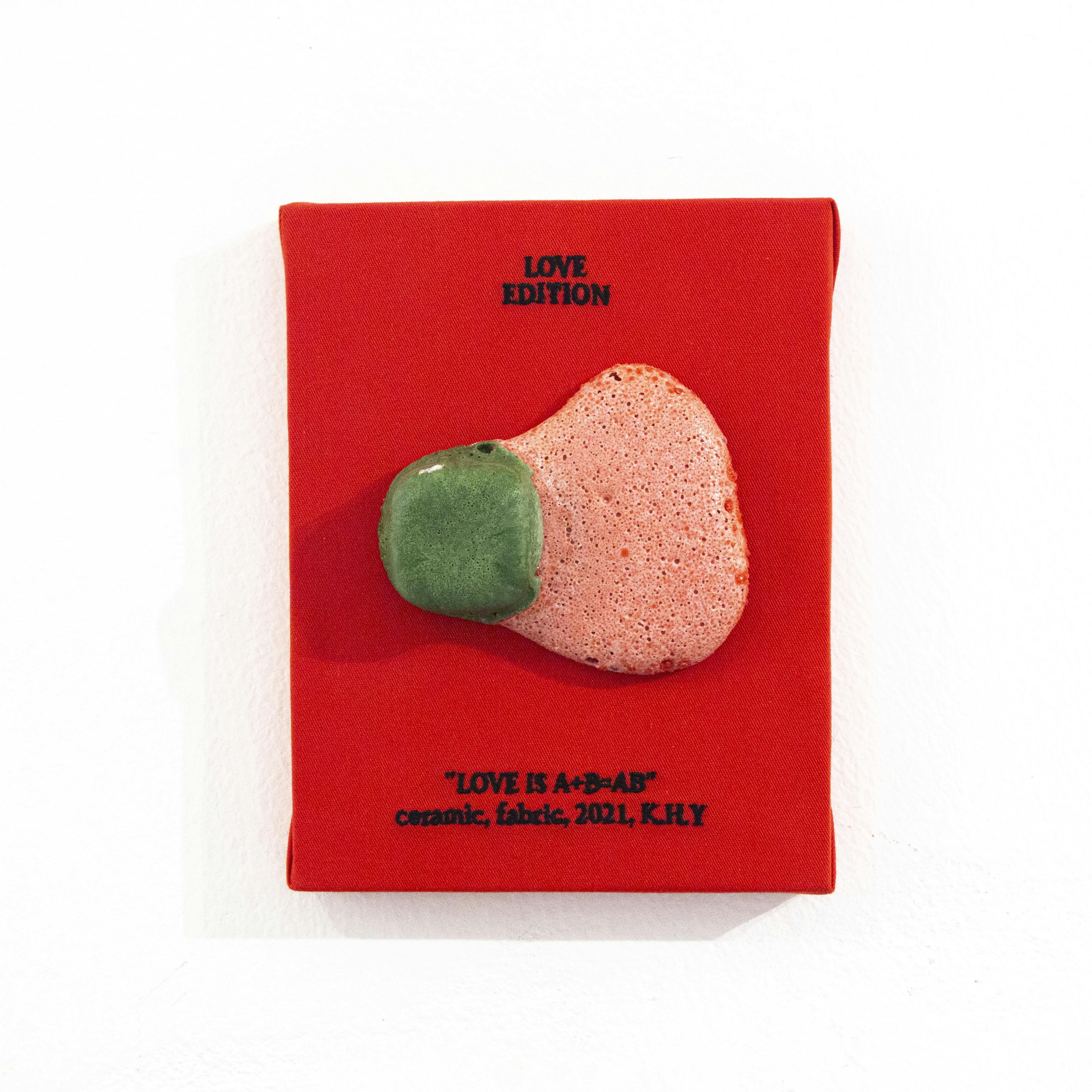

As you continue to develop your practice, are there particular themes or techniques you wish to explore further?
Recently, I visited the dentist due to a toothache, and I discovered I had a cavity between my teeth. This experience led me to a thought: the way something invisible speaks to us could be through pain. Pain, in itself, is deeply connected to survival, and many substances that evolved to ensure survival were born out of chance.
At the moment, I'm particularly intrigued by plants. It's fascinating to think that they have managed to survive without mouths.
In order to explore these new ideas, I feel the need to evolve the materials I work with. In the past, plasticity wasn't a major focus, so I often confined the material within molds. But now, I recognize the importance of plasticity. Going forward, I plan to explore materials that undergo significant changes in shape while maintaining plasticity.